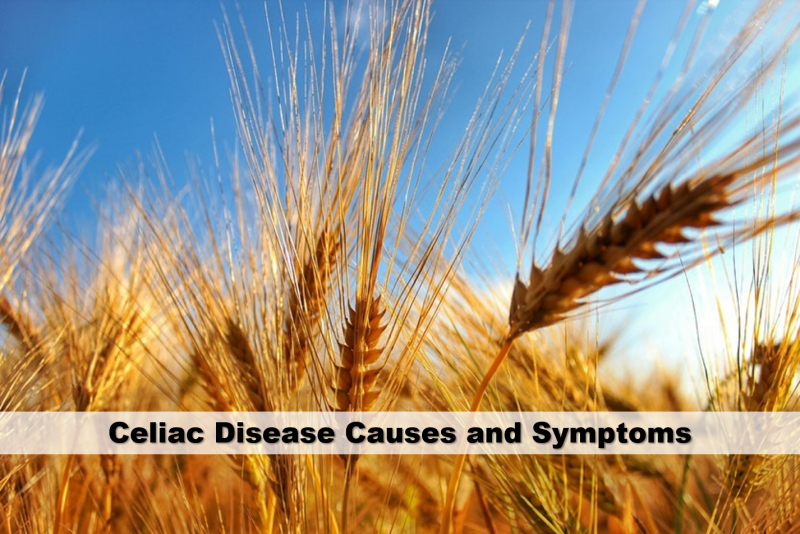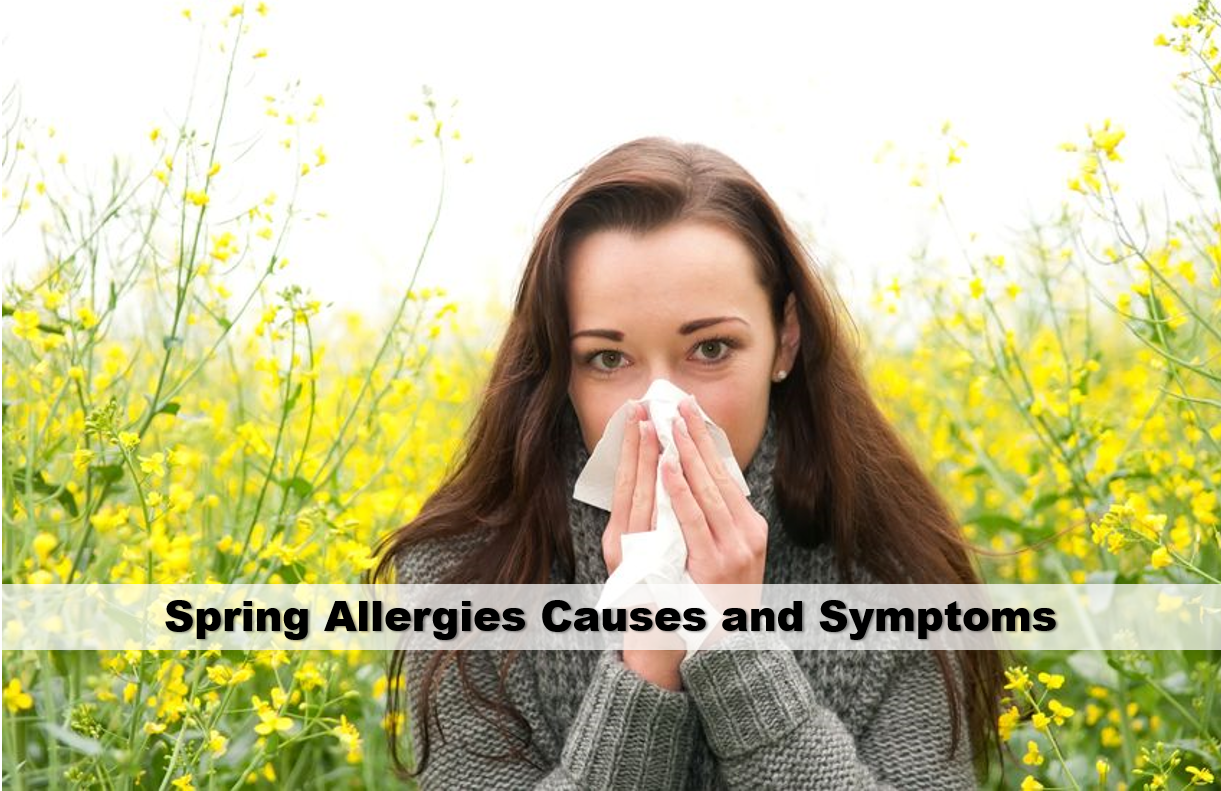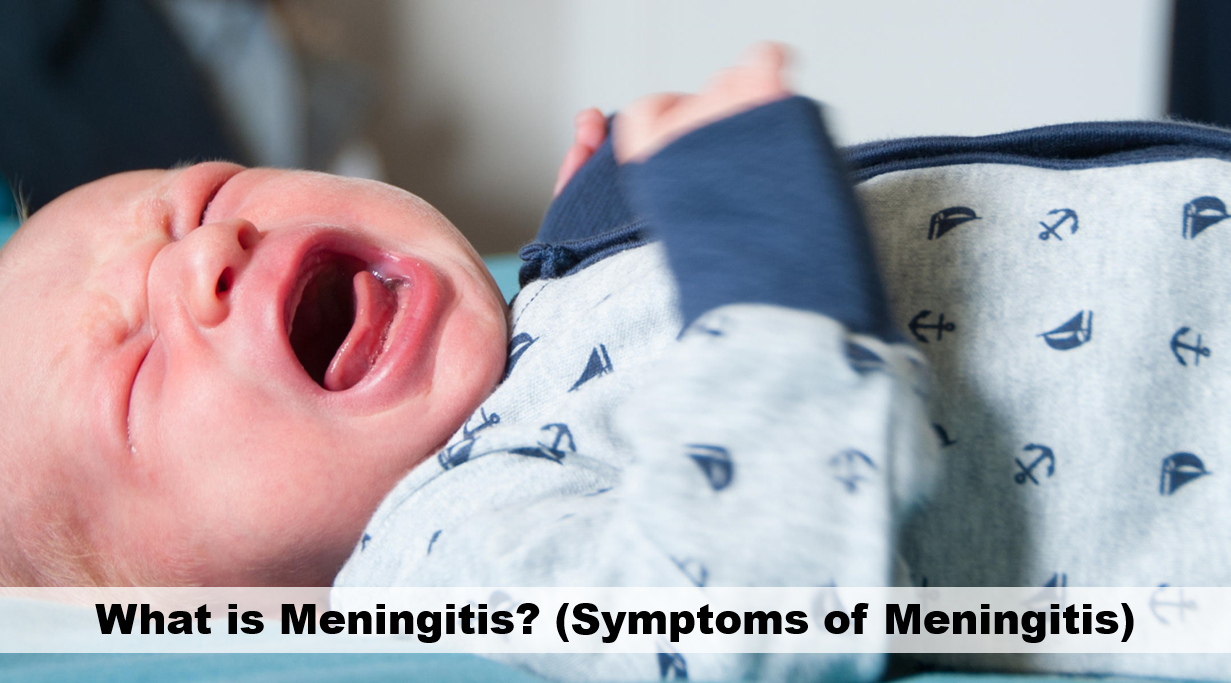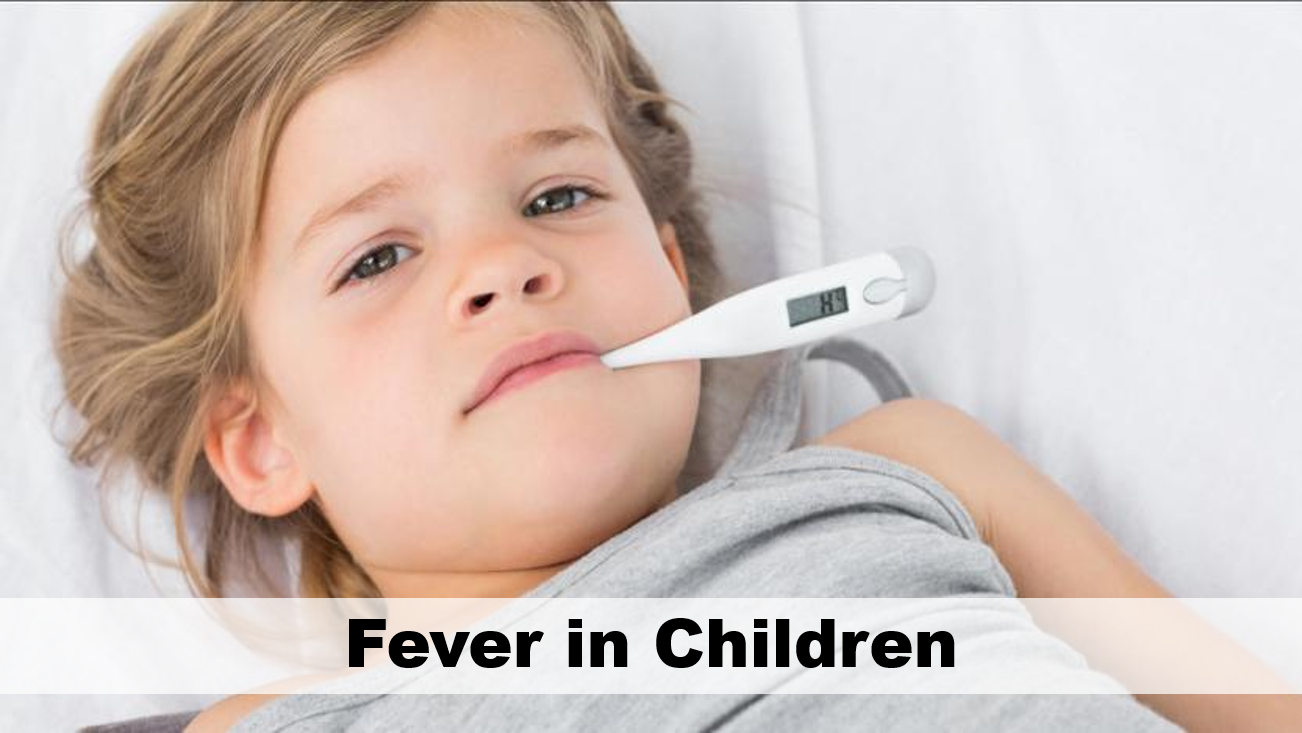Celiac Disease Causes and Symptoms

What is a celiac disease? Celiac disease is a condition that can be seen in all age groups. Those with this condition should avoid foods such as barley, wheat, rye, and oats. Celiac disease is a kind of disorder caused by the inability to absorb gluten protein in wheat, barley, oats, and rye in the small intestine. Celiac disease requires a gluten-free nutrition. Therefore, patients will have to follow a lifelong diet program. Here, we will explain celiac disease causes and symptoms, and also list foods that patients with celiac disease can consume.
Celiac Disease
Celiac disease is caused by an abnormal response of the body’s immune system to a substance called gluten found in cereals such as wheat, barley, and rye. Generally, the first symptoms appear, when gluten-containing foods are consumed after one year of age. Initially, symptoms such as nausea, vomiting, diarrhea, and weakness are seen. Different symptoms such as anemia and skin rash follow later. Although it is a chronic disease, treatment is possible, and the treatment consists of removing gluten-containing foods from the diet. Now, let’s look at the causes of celiac disease.
Celiac Disease Causes
The exact causes of gluten intolerance are still unknown, but probably a combination of genetic predisposition and environmental factors triggers celiac disease. According to recent findings, in humans, partially digested gluten molecules that reach the wall of the small intestine cause an excessive reaction in the immune system. Genetic factors are essential in the development of the disease. A person’s diet, gastrointestinal infections, and intestinal bacteria may contribute to the development of the celiac disease.

Celiac Disease Symptoms
The most common symptoms of this disease are diarrhea, indigestion, and constipation. Celiac symptoms seen in celiac patients when gluten is consumed are as follows;
- Long-term diarrhea and constipation
- Tooth decay
- Bad breath
- Mouth sores and aphthous mouth ulcers
- Kidney stones
- Prostate infections
- Dry mouth
- Joint pain
- Urinary tract infections
- Thickening of the skin especially the hands and back skin (scleroderma)
- Thyroid failure
- Anemia
- Balance problems
- Depression
- Severe headache
- Type 1 diabetes
- Tingling in hands and feet
- Learning difficulties
- Delayed puberty
- Menstrual disorders irregularities
- Bone resorption in adults
- Esophagitis (inflammation or irritation of the esophagus)
- Itchy blisters on the skin
- Fatigue
- Frustration
- Low weight for age
Gluten-free foods mustn’t be in the same environment with other foods. As for bread, instead of wheat bread, you can eat homemade natural cornbread. Gluten-free foods should not come into contact with other ones. If there is such a situation in your home, you should change it.
|Obesity Risk Factors and Treatment|
Foods You Can Eat if You Have Celiac Disease
Which foods can you consume? Gluten-free foods that patients with celiac disease can consume include;
- All pulses are gluten-free foods.
- All vegetables
- All fruits
- Eggs, jam, honey
- Buckwheat
- Dairy products
- All-natural oils and fats without additives
- Canned food types that are not soaked in flour
- Rice and potato flour
- Granulated sugar
- Olive
- Meat
- Fresh (unprocessed) meat and fish
- Corn
- Potato
- Rice
- Walnut
- Nuts
- Safe natural spices
A person with celiac disease should check the label of each prepared food she/ he consumes. They should consume foods such as walnuts, hazelnuts, almonds, figs, and raisins. Rice, corn, potatoes, lentils, beans, soy, and chickpeas should be in their diet. Besides, some cosmetic products also may contain gluten. Considering this possibility, the packaging of cosmetic products should be examined, and you should not share your items or not use others’ ones.
Celiac Disease Diagnosis
Some blood tests are required to diagnose the disease. When the blood tests are positive, a small bowel biopsy is made to make it clear. To diagnose celiac disease, a test called Gluten-Sensitive Enteropathy Test is performed in the hospital. The treatment is a strict gluten-free diet.
Celiac Disease Treatment
The primary purpose of celiac treatment is to eliminate or prevent the cause and to complete the deficiencies caused by the disease. The essential point here is to avoid gluten-containing foods. However, the fact that celiac is a lifelong disease has not yet been determined. Therefore, a continuous celiac diet which requires to stay away from wheat, rye, oats, barley, and all products containing gluten, and the diet program should be followed regularly.





